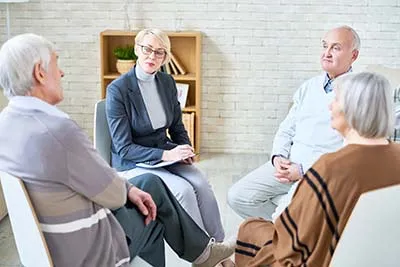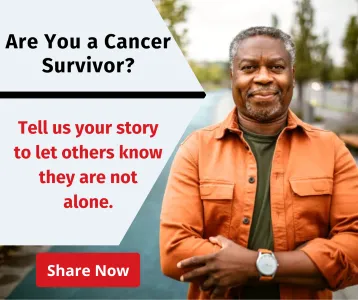How to Start Your Own Cancer Support Group

Support groups can be hugely helpful for those impacted by cancer. A support group is a great way to connect people experiencing similar situations, regardless of background, class, gender, etc. It creates a space where the good and the bad can be shared within a supportive community. No matter the circumstance, a support group ensures that no one is trying to manage tough cancer experiences alone.
As a support group facilitator for 10 years, I have found that when a group focuses on the social and emotional impact of cancer, the actual diagnosis or stage does not matter. Often, people learn from each other better in general support groups because there are so many commonalities in the cancer experience. When there is a need for a specific type of cancer group, it may focus on treatment options, side effects, and other logistical components.
If you are looking to start a cancer support group in your community, here are some important things to consider.
Do This First
First, check to see whether there is an existing support group in your area that meets your needs. The Cancer Support Community has 196 locations worldwide, with programs that include support groups. See if there is a CSC location near you.
Next, if you don’t find a group in your community that fits your needs, you are ready to move to the next step: defining the purpose of the support group you’d like to create.

Define the Support Group’s Purpose
I have found it is important to create separate groups for patients and for their caregivers. We are naturally protective of our loved ones. We may not feel comfortable openly sharing our emotions in front of them. Sometimes a patient might need to complain about the lack of support they feel they have. Or a caregiver will complain about the lack of control. Having separate spaces allows patients and caregivers to find their own voices without worry about offending or not showing up well for their family member.
Have separate groups for people living with cancer and in active treatment and those who have completed treatment. When the primary stress is how to find normalcy after treatment ends, there is different a need than when navigating cancer and its complexities.
Start with a committed small group: A support group should have at least 5 people who are committed to the group. There will always be someone who cannot attend. Having a group of 5 members will help ensure that you have at least a few people each time you meet, making it feel like a group.
Mind the logistics: Group members should know the logistics. This includes location, parking instructions, frequency, and how to get a hold of each other in between groups. Meet on a consistent basis, preferably weekly for 90 minutes. It is helpful to have reminders through phone calls or emails. It may be beneficial to schedule an informational session before your first group meeting. You can use this time to communicate group guidelines, or rules of conduct, before you start.
Manage expectations: Establish the purpose of the group and what each member wants out of the experience. This is also a good time to share what it means to be a good group member.
At Gilda’s Club Kansas City, where I have been the program director for six years, the best support groups are created when the facilitator has minimal engagement. Ownership of the group’s success is held by the members, who check in and engage with each other. Without the facilitator’s guidance, they start to identity themes around what cancer brought up for them that made them want to join a group in the first place.
Showing up for each other and creating a safe and nonjudgmental space lets everyone feel comfortable sharing. Explain the role of the group facilitator, who should be a licensed mental health professional. In my experience, facilitators do not come to a support group with an agenda or educational topics to discuss. Our role is to guide conversation and facilitate discussion to create a sense of community.